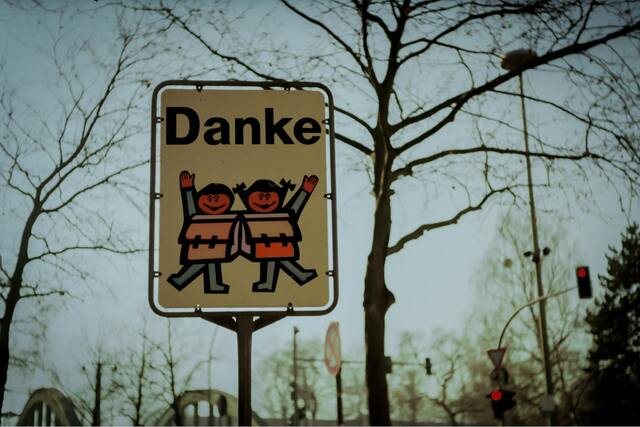Learn How To Write And Count Roman Numerals
Blog
18 January 2023
By Sarah Angela Almaden

Unsplash: Francesca Albert
Ever noticed how some clocks use letters to represent numbers? Well, those letters are not just random letters because those are what you call Roman numerals. These ancient symbols are the numerical system based upon the ancient Roman system of counting. This method served as the standard way for writing and counting numbers throughout Europe up to the Late Middle Ages. But by the 14th century, Arabic numerals slowly replaced the use of Roman numerals.
Modern Use of Roman numerals
- Regnal numbers: ordinal numbers used to identify people with the same title (monarchs, popes, etc.)
- Sequels to video games productions, movies, and other forms of media
- Titles of major events that are widely celebrated, like the Olympics, Super Bowl, etc.
- Generational suffixes to people who share a family name
- Acts in a play, book volumes, and chapter numbers
- Measured degrees of the Mercalli intensity scale of earthquakes
- Identifies the Major Arcana cards in tarot
- Provides an alphanumeric outline for legal codes
- Defines the quadrants in a graph in advanced mathematics
- Traditional clock faces and timepieces
- Rule I: No Roman numeral can be repeated more than three times.
- Rule II: Roman numerals L, V, and D are not repeated.
- Rule III: When letters are repeated, the value of the number is determined by the sum of the Roman numerals.
- Rule IV: There is no value for the number 0 or zero.
- Rule V: When a smaller number is positioned to the right of a larger one, then the value of the smaller number is added to the bigger number to create a new figure.
- Rule VI: When a smaller number is positioned to the left of the larger one, then the value of the smaller number is subtracted from the bigger number to create the new figure.
How To Read I to X
Basic numbers from 1 or I to 10 or X. A Roman numeral can be combined three times to represent a number, just like when writing the number 3 or III (I+I+I = 3)
If the smaller number is positioned to the right of a larger one, then the smaller number is added to the bigger number to create a new figure. If the smaller number is positioned to the left of the larger one, then the smaller number is subtracted from the bigger number to create the new figure.
- 1 – I
- 2 – II
- 3 – III
- 4 – IV
- 5 – V
- 6 – VI
- 7 – VII
- 8 – VIII
- 9 – IX
- 10 – X
How To Read XI to XX
The set of 10s always begins with the Roman numeral X, and X is combined with other numbers to create the new figure.
- 11 – XI
- 12 – XII
- 13 – XIII
- 14 – XIV
- 15 – XV
- 16 – XVI
- 17 – XVII
- 18 – XVIII
- 19 – XIX
- 20 – XX
The set of 20s always begins with the Roman numeral XX, and XX is combined with other numbers to create the new figure
- 21 – XXI
- 24 – XXIV
- 28 – XXVIII
The set of 30s always begins with the Roman numeral XXX, and XXX is combined with other numbers to create the new figure.
- 32 – XXX
- 33 – XXXIII
- 34 – XXXIV
The set of 40s always begins with the Roman numeral XL, and XL is combined with other numbers to create the new figure.
- 45 – XLV
- 47 – XLVII
- 48 – XLVIII
The set of 50s always begins with the Roman numeral L, and L is combined with other numbers to create the new figure.
- 51 – LI
- 52 – LII
- 53 – LIII
The set of 60s always begins with the Roman numeral LX, and LX is combined with other numbers to create the new figure.
- 62 – LXII
- 65 – LXV
- 66 – LXVI
The set of 70s always begins with the Roman numeral LXX, and LXX is combined with other numbers to create the new figure.
- 73 – LXXIII
- 75 – LXXV
- 79 – LXXIX
The set of 80s always begins with the Roman numeral LXXX, and LXXX is combined with other numbers to create the new figure.
- 82 – LXXXVIII
- 84 – LXXXIV
- 89 – LXXXIX
The set of 90s always begins with the Roman numeral XC, and XC is combined with other numbers to create the new figure.
- 90 – XC
- 96 – XCVI
- 97 – XCVII
X (10) can only be repeated three times. If X (10) is placed to the left of a bigger number, then X (10) is subtracted from the bigger number. If X (10) is placed to the right of a bigger number, then X (10) is added to the bigger number.
- 10 – X
- 20 – XX
- 30 – XXX
- 40 – XL
- 50 – L
- 60 – LX
- 70 – LXX
- 80 – LXXX
- 90 – XC
- 100 – C


